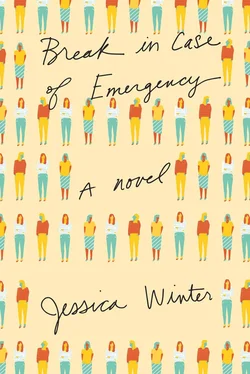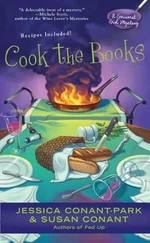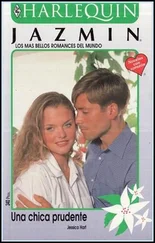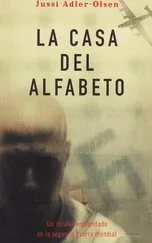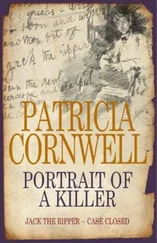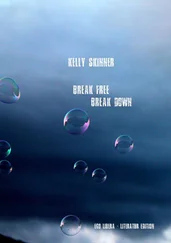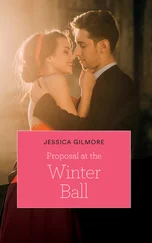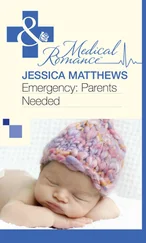“Could that Pam help you?” Jen’s mom asked.
Jen had been dating Jim for nearly two years before he ceased being that Jim.
“That Pam always helps me, in her way,” Jen replied.
A few weeks into her post-Federloss unemployment, Jen had started spending several afternoons a week at Pam’s place. This pleased Jim, because Pam and her boyfriend, Paulo, were artists, and Jim thought of Jen as an artist, too.
“I was never an artist, ” Jen would say. “I never made art. I drew things. I painted things. People.”
Pam and Paulo rented a cheap cavernous space in Greenpoint close to Newtown Creek, the site of one of the largest underground oil-and-chemical spills in history. On the walk from the G train stop to Pam’s, Jen could never discount the possibility that her air sacs were swelling with some kind of fine fecal mist of gamma rays and chlorinated benzene byproducts, a carcinogenic ambience that Pam enthusiastically leveraged in last-minute rental negotiations with their absentee landlord. The front half of Pam and Paulo’s space, which was about the size of Jen and Jim’s entire apartment and shared a wall with a tavern, served as a studio by day and a gallery by night. Paulo had divided the back half into four narrow, windowless “rooms” created by particleboard partitions that stopped two feet short of the ceilings. Pam and Paulo slept in the largest partition, while a transient cast of roommates — tourists and students and the hollow-eyed recent survivors of imploded live-in relationships — took up monthly or quarterly residence in the other three spaces.
In the front studio, the drafting table, the kitchen table, and a futon relocated from the master bedroom were currently paired with miniature towers made of stools, pillows, and stacks of oversized books. Each stack was jerry-rigged to support Pam’s leg, which had been crushed in a hit-and-run the previous year when a delivery van made a squealing right turn and threw her from her bicycle. Three operations and hundreds of hours of physical therapy later, the leg — which looked perfectly normal at first glance, and both shiny-swollen and shrunken at second glance — was still grinding and wheezing in its sockets. Jen imagined that Pam’s powers of concentration were such that she’d occasionally see a drop of perspiration splat onto her laptop, and finally notice that the usual dull ache in her leg had escalated into jangling agony, thudding away at the double-glazed windows of Pam’s flow state as her conscious mind deliquesced into oneness with Final Cut Pro or the Artnet biography of Sigmar Polke.
Jen and Pam had met their freshman year of college in a drawing class, where Pam had been impressed by Jen’s hyperrealistic technical abilities and Jen had been enchanted by Pam’s impassive terribleness — her wobbly, allegedly one-point-perspective Still Life with Cranberry Vodka and Froot Loops had so appalled their drawing teacher that he accused Pam of exploiting his class for another taught by his ex-girlfriend, “Kitsch-Kraft and Outsider Art: Toward a Deliberately Bad Avant-Garde.”
Later, though, Jen experienced the growing recognition that Pam was “a real artist.”
“You’re like a real artist, ” Jen blurted out drunkenly to Pam the first time they went to a party together.
Jen’s talent-spotting acumen was confirmed their junior year, when Pam started convincing people to allow her to take their picture first thing in the morning, before they got out of bed, before they even fully awakened. Pam would then mock up the unairbrushed, usually unflattering photograph as a faux magazine cover, billboard, or author’s jacket photo. The photos, taken in weak dawn light, were dusky, pearly, sometimes slightly out of focus; the best ones looked like secrets or accidents, or secret accidents. Pam called the pictures Wakes.
She started with the people who spent the most time under the roof of the drafty, creaking, badly wired hundred-year-old Colonial house that Meg, Pam, and Jen rented four blocks from campus. The first Wake, of Pam’s then-boyfriend, looked like a seventies rock star’s mug shot: alarmed and defiant, dazed and hairy. In the second Wake, a puffy-faced Jen ducks bashfully away from the camera; her face is captured in three-quarter profile, her hand blurring upward to check for traces of dried sleep.
The third Wake, of Meg — who was Jen’s friend first, whom Jen had introduced to Pam at the “You’re a real artist” party, which it often occurred to Jen to point out, though she never did — was the revelation. A double gash of mattress marks swooped across Meg’s right cheekbone like a panther’s caress. Her hair, which usually fell in computer-generated gentle waves, swirled and crashed around her heart-shaped face. Meg’s lips fell slightly open; the strap of her tank top wiped sideward, tracing the curve of her shoulder. Instead of ducking away from Pam’s camera, the half-asleep Meg leaned into it sensuously, chin forward, eyes heavy and intrigued.
Pam knew what she had. She blew up the picture big enough to swallow an entire gallery wall at her end-of-semester show. It was a stunning photograph, raw and gorgeous and discomfiting in its intimacy. That it was a stunning photograph of Meg —old-money Meg, moderately-famous-last-name-demi-campus-celebrity Meg, Phi Beta Kappa — as-a-first-semester-junior Meg, paragon-of-the-public-service-community Meg — made the photograph an event.
Now everyone wanted a Wake. The campus weekly kept an issue-to-issue tally of everyone who had a Wake and should have a Wake and desperately wanted a Wake, and also a regularly updated online ranking of existing Wakes, with Meg permanently and ceremoniously lodged at No. 1. Pam won a grant to create a single-edition magazine composed of nothing but Wakes. Clem Bernadine, editor of the campus humor magazine, submitted his shirtless and chaotic Wake as his yearbook picture. Joseph Potter, a beloved tenured professor of theater studies, used his one-eye-closed Wake as the jacket photo to his book Dre Gardens: Hip-Hop, New Money, and the Performance of the Self.
Pam was now intuitively aware of her genius for talking people into doing things that were not ostensibly in their interest. For her senior thesis project, she convinced the university to allow her to change the signage on several sites around campus to verbatim transcriptions of graffiti from the men’s bathrooms at the art school. Instead of directions to the buttery or the law library or the Women’s Center, visitors during Parents’ Weekend puzzled over commands and epigraphs such as STOP DRAWING D’S AND DRAW BIG TITTIES INSTEAD and SILENCE IS GOLDEN BUT DUCT TAPE IS SILVER and SINCE WRITING ON TOILET WALLS IS DONE NEITHER FOR CRITICAL ACCLAIM NOR FINANCIAL SUCCESS, IT IS THE PUREST FORM OF ART — DISCUSS, all presented in the university’s elegant house typography, Demimonde Condensed Blackletter. (The sign outside the university art gallery’s parking lot, which temporarily read FIRST-YEAR BOYS ARE TOY BOYS, may have caused the most consternation.) Pam also kitted out a trailer outside the art school as a fake “visitor’s center” and filled it with mock posters and brochures advertising the art school. The promotional materials glowed with wholesome and bright-eyed ambassadors of the future of contemporary art, lounging on the campus green or peering rapturously at the art gallery’s resident Pollock, their thoughts and hopes amplified in Demimonde Condensed Blackletter captions along the lines of DON’T JUDGE ME I ONLY NEEDED MONEY FOR COLLEGE or I HAD SEX WITH YR TRASH CAN IT WAS OKAY.
“I heard some guy call it ‘interventionist art,’ but that made you sound like a substance-abuse counselor,” Meg said to Pam at her senior thesis show. Meg was looking over Jen’s shoulder at a thick, glossy “informational packet” that Jen held in her hands, titled STOP WRITING YOUR NAMES HERE HALF THESE PEOPLE ARE BROKEN UP ALREADY.
Читать дальше
